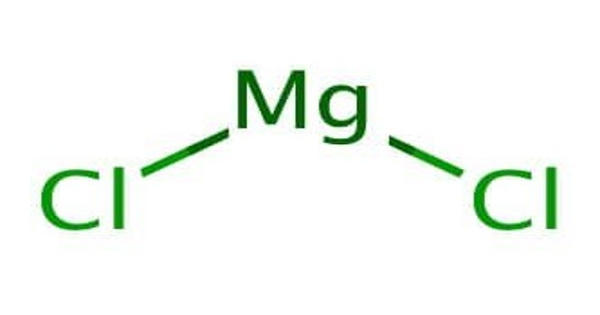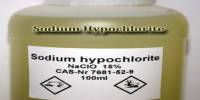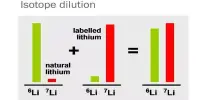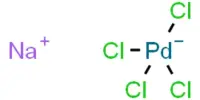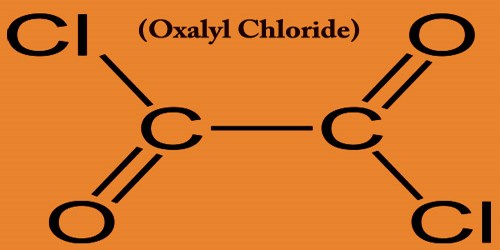Magnesium chloride is an inorganic compound consisting of one magnesium and two chloride ions. It is the name for the chemical compound with the formula MgCl2 and its various hydrates MgCl2(H2O)x. It is a type of salt used as a nutritional supplement. Anhydrous MgCl2 contains 25.5% elemental magnesium by mass. The compound is used in medicine as a source of magnesium ions, which are essential for many cellular activities. These salts are typical ionic halides, being highly soluble in water. Magnesium chloride salts are highly soluble in water and the hydrated form of magnesium chloride can be extracted from brine or seawater. The hydrated magnesium chloride can be extracted from brine or seawater.
In North America, magnesium chloride is produced primarily from Great Salt Lake brine. It is extracted in a similar process from the Dead Sea in the Jordan Valley. Magnesium chloride, as the natural mineral bischofite, is also extracted (by solution mining) out of ancient seabeds, for example, the Zechstein seabed in northwest Europe. Some magnesium chloride is made from solar evaporation of seawater.

Structure, preparation, and general properties
MgCl2 crystallizes in the cadmium chloride motif, which features octahedral Mg centers. It is a magnesium salt, an inorganic chloride and a magnesium halide. Several hydrates are known with the formula MgCl2(H2O)x, and each loses water at higher temperatures: x = 12 (−16.4°C), 8 (−3.4°C), 6 (116.7°C), 4 (181°C), 2 (about 300°C). In the hexahydrate, the Mg2+ is also octahedral, but is coordinated to six water ligands. The thermal dehydration of the hydrates MgCl2(H2O)x (x = 6, 12) does not occur straightforwardly. Anhydrous MgCl2 is produced industrially by heating the chloride salt of hexammine complex [Mg(NH3)6]2+.
As suggested by the existence of some hydrates, anhydrous MgCl2 is a Lewis acid, although a weak one.
In the Dow process, magnesium chloride is regenerated from magnesium hydroxide using hydrochloric acid:
Mg(OH)2(s) + 2 HCl(aq) → MgCl2(aq) + 2 H2O(l)
It can also be prepared from magnesium carbonate by a similar reaction.
Occurrence
Magnesium values in natural seawater are between 1250 and 1350 mg/l, around 3.7% of the total seawater mineral content. It is found naturally in seawater but is most readily harvested from the brine of salt lakes—such as the Great Salt Lake in northern Utah and the Dead Sea situated between Jordan and Israel—where the salt content may be as high as 50%. Dead Sea minerals contain a significantly higher magnesium chloride ratio, 50.8%.
Carbonates and calcium are essential for all growth of corals, coralline algae, clams, and invertebrates. Magnesium can be depleted by mangrove plants and the use of excessive limewater or by going beyond natural calcium, alkalinity, and pH values.
Information Source:
